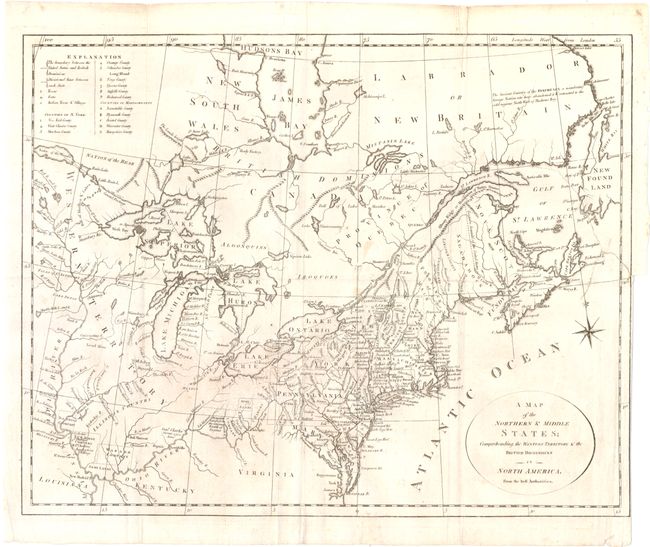Catalog Archive


Auction 146, Lot 128
"A Map of the Northern & Middle States; Comprehending the Western Territory and the British Dominions in North America. From the Best Authorities", Stockdale, John

Subject: Eastern United States & Canada
Period: 1792 (circa)
Publication:
Color: Black & White
Size:
15.7 x 12.5 inches
39.9 x 31.8 cm
Download High Resolution Image
(or just click on image to launch the Zoom viewer)
(or just click on image to launch the Zoom viewer)